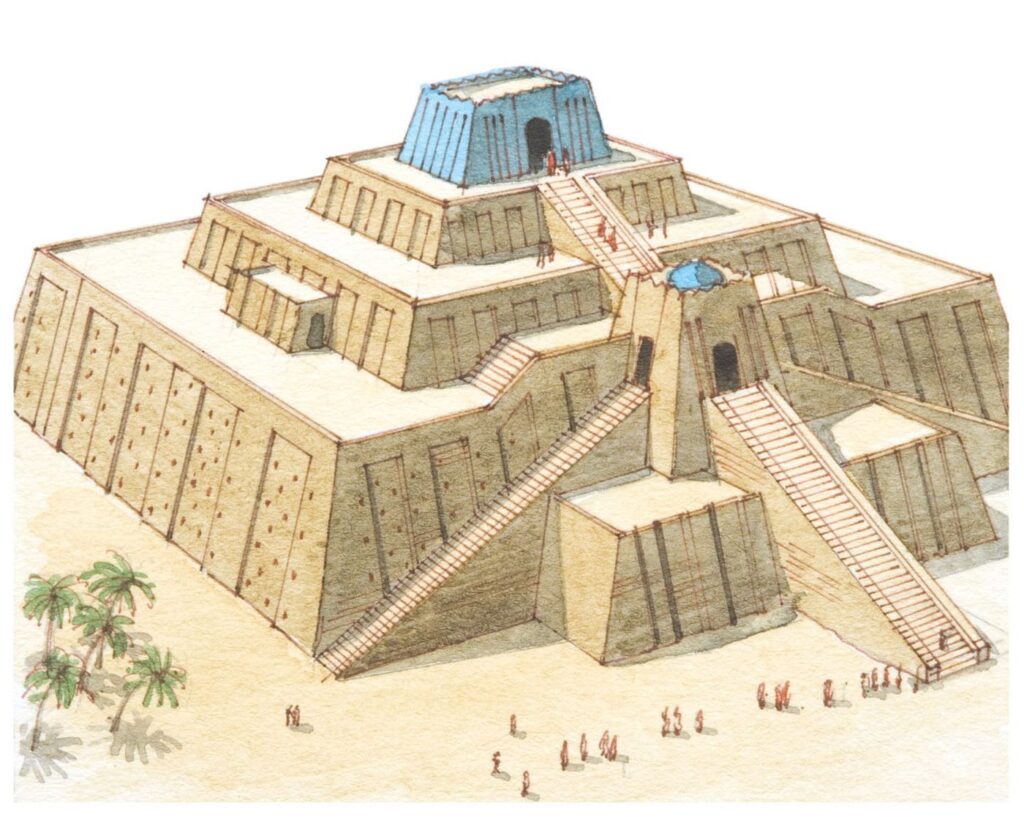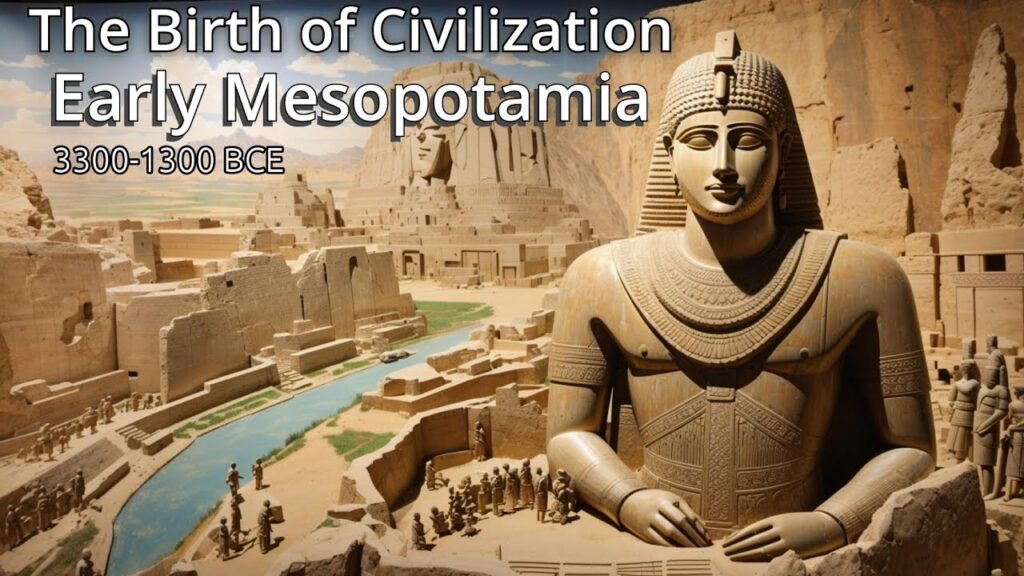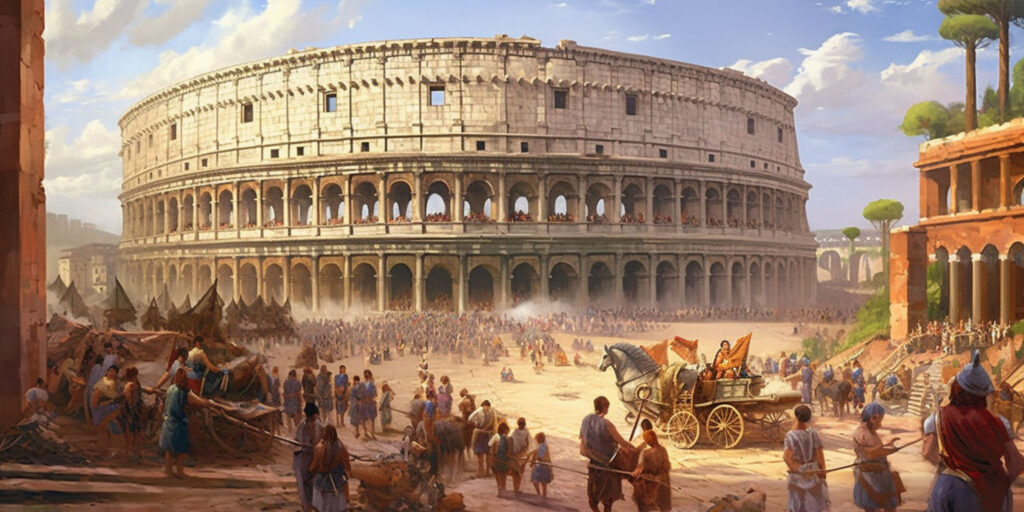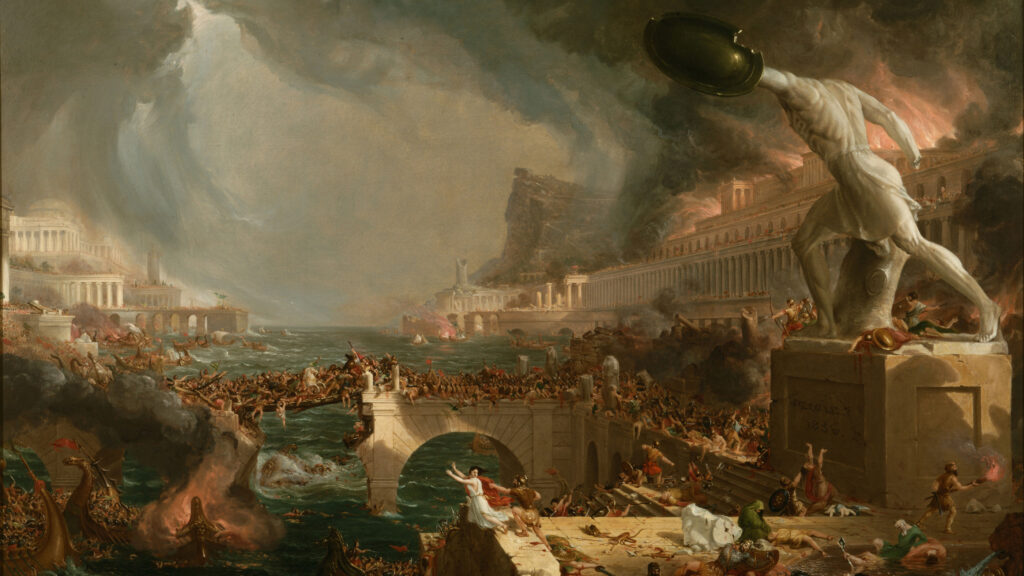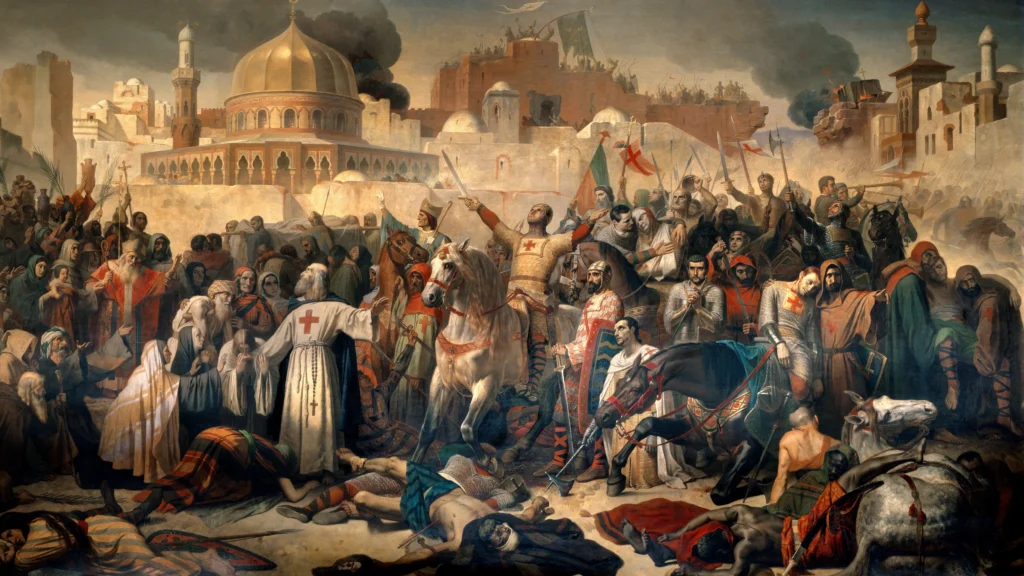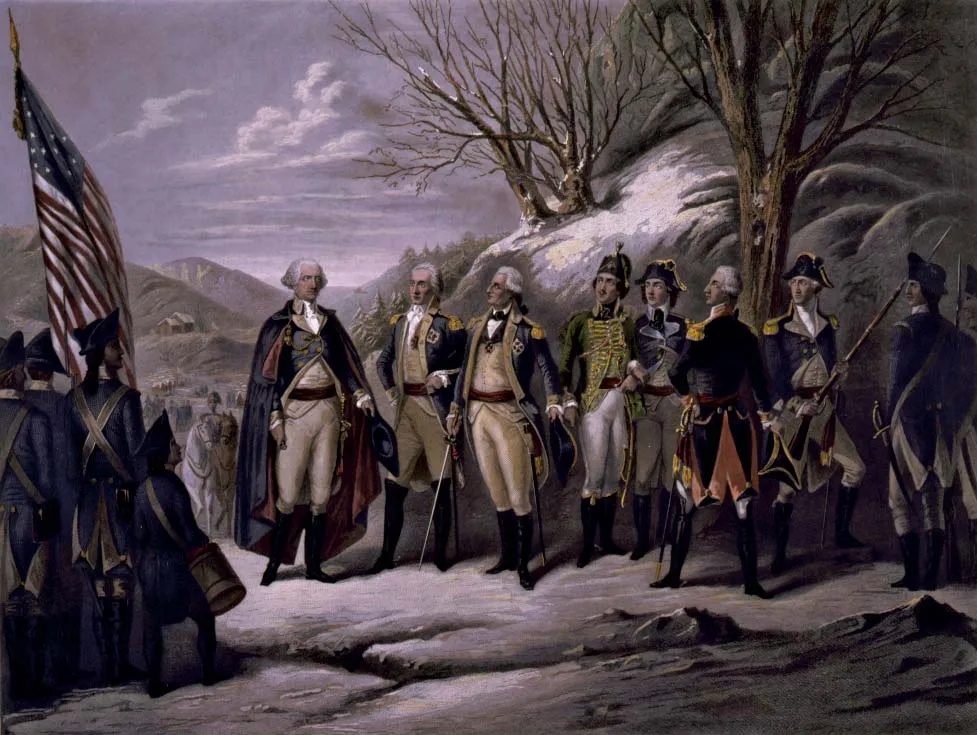
The American Revolution: A Comprehensive Overview
Introduction
The American Revolution, spanning from 1765 to 1783, was a pivotal period in history that led to the birth of the United States of America. This revolution was not merely a war but a profound transformation in political thought, governance, and society. It set the stage for the modern concepts of democracy and individual rights. This article delves into the American Revolution from A to Z, providing a thorough understanding of its origins, key events, significant figures, and lasting impacts.
Origins of the American Revolution
Colonial Background
Before the revolution, the American colonies were part of the British Empire, enjoying relative autonomy while benefiting from British protection and trade:
- Economic Prosperity: The colonies thrived economically, engaging in agriculture, trade, and industry. However, economic prosperity was coupled with increasing frustration over British trade restrictions and taxes.
- Political Autonomy: Each colony had its own assembly and local governance structures, which fostered a sense of independence and self-governance among the colonists.
Causes of the Revolution
Several factors contributed to the growing discontent that sparked the American Revolution:
- Taxation Without Representation: The British government imposed a series of taxes on the colonies, such as the Stamp Act (1765) and the Townshend Acts (1767), without granting them representation in the British Parliament. This led to widespread resentment and the rallying cry of “No taxation without representation.”
- Enlightenment Ideas: Enlightenment thinkers like John Locke and Montesquieu influenced colonial leaders with ideas about natural rights, liberty, and the separation of powers. These ideas provided the ideological foundation for the revolution.
- British Military Presence: The presence of British troops in the colonies, especially after the French and Indian War, was seen as an occupation force and a threat to colonial liberties.
- Economic Restrictions: Trade regulations and restrictions imposed by the British government hindered colonial economic growth and autonomy, further fueling discontent.
Key Events Leading to the Revolution
The Stamp Act Crisis
The Stamp Act of 1765 required colonists to purchase a stamp for every piece of paper they used, including newspapers, legal documents, and licenses:
- Colonial Opposition: The act provoked strong opposition and widespread protests across the colonies. The Stamp Act Congress, held in October 1765, brought together representatives from various colonies to organize resistance and petition the British government for repeal.
- Repeal of the Act: Due to intense colonial opposition and economic boycotts, the British government repealed the Stamp Act in 1766. However, it simultaneously passed the Declaratory Act, asserting its right to tax the colonies.
The Boston Massacre
On March 5, 1770, British soldiers fired into a crowd of colonists in Boston, killing five people:
- Escalation of Tensions: The incident, known as the Boston Massacre, escalated tensions between the colonists and the British authorities. It was used as a propaganda tool by colonial leaders to rally support for the revolutionary cause.
- Trial and Aftermath: The soldiers involved were tried and largely acquitted, but the event deepened distrust and resentment toward British rule.
The Boston Tea Party
The Tea Act of 1773 allowed the British East India Company to sell tea directly to the colonies, bypassing colonial merchants:
- Colonial Reaction: In response, a group of colonists, disguised as Native Americans, boarded British ships in Boston Harbor and dumped an entire shipment of tea into the water on December 16, 1773. This event became known as the Boston Tea Party.
- Intolerable Acts: In retaliation, the British government passed the Coercive Acts (also known as the Intolerable Acts) in 1774, which included measures like closing Boston Harbor and revoking Massachusetts’ charter. These acts further united the colonies against British rule.
The War for Independence
The First Continental Congress
In response to the Intolerable Acts, representatives from twelve of the thirteen colonies convened the First Continental Congress in Philadelphia in September 1774:
- Unity and Solidarity: The Congress aimed to coordinate a collective response to British policies and to assert colonial rights. It called for a boycott of British goods and petitioned King George III for redress of grievances.
- Preparation for Conflict: The Congress also encouraged colonies to form militias and prepare for potential armed conflict.
The Battles of Lexington and Concord
The first military engagements of the American Revolution took place on April 19, 1775, in Massachusetts:
- Outbreak of War: British troops marched to Lexington and Concord to seize colonial weapons and arrest revolutionary leaders. Colonial militias, known as Minutemen, confronted the British, resulting in the “shot heard ’round the world” and the beginning of open warfare.
- Colonial Victory: Despite being outnumbered, the colonial militias successfully harassed and inflicted significant casualties on the British troops as they retreated to Boston.
The Second Continental Congress
In May 1775, the Second Continental Congress convened in Philadelphia:
- Continental Army: The Congress established the Continental Army and appointed George Washington as its commander-in-chief.
- Olive Branch Petition: The Congress sent the Olive Branch Petition to King George III, seeking a peaceful resolution. However, the king rejected the petition and declared the colonies in rebellion.
Declaration of Independence
On July 4, 1776, the Continental Congress adopted the Declaration of Independence, primarily authored by Thomas Jefferson:
- Statement of Principles: The Declaration articulated the colonists’ right to self-governance and listed grievances against King George III. It declared that all men are created equal and endowed with unalienable rights, including life, liberty, and the pursuit of happiness.
- Break from Britain: By adopting the Declaration, the thirteen colonies formally broke away from Britain, proclaiming themselves the United States of America.
Key Battles and Campaigns
The Battle of Bunker Hill
Fought on June 17, 1775, the Battle of Bunker Hill was an early and significant conflict:
- British Victory, Colonial Resolve: Although the British won the battle, they suffered heavy casualties. The high cost of victory demonstrated the colonists’ resolve and ability to stand up to British forces.
- Boost to Morale: The battle boosted colonial morale and convinced more colonists to support the revolutionary cause.
The Saratoga Campaign
The Saratoga Campaign, culminating in the Battles of Saratoga in September and October 1777, was a turning point in the war:
- American Victory: American forces, led by General Horatio Gates, defeated the British army under General John Burgoyne. This victory convinced France to enter the war on the side of the Americans, providing crucial military and financial support.
- Franco-American Alliance: The alliance with France brought additional troops, naval support, and resources, significantly strengthening the American war effort.
The Siege of Yorktown
The Siege of Yorktown, from September to October 1781, was the decisive battle of the American Revolution:
- British Surrender: American and French forces, led by General George Washington and General Comte de Rochambeau, besieged the British army under General Cornwallis at Yorktown, Virginia. Cornwallis surrendered on October 19, 1781, effectively ending major military operations in North America.
- End of the War: The victory at Yorktown led to negotiations and the eventual signing of the Treaty of Paris in 1783, which officially ended the war and recognized American independence.
Significant Figures of the American Revolution
George Washington
George Washington played a central role in the American Revolution:
- Military Leadership: As the commander-in-chief of the Continental Army, Washington’s leadership, strategic acumen, and perseverance were crucial to the American victory. His ability to maintain the army’s morale and cohesion through difficult times was instrumental.
- Post-War Influence: After the war, Washington became the first President of the United States, setting important precedents for the new nation.
Thomas Jefferson
Thomas Jefferson was a key figure in the revolution and the early republic:
- Author of the Declaration: Jefferson’s eloquent writing in the Declaration of Independence articulated the principles of liberty and self-governance that underpinned the revolution.
- Political Leadership: Jefferson later served as the third President of the United States, continuing to shape the nation’s political landscape.
Benjamin Franklin
Benjamin Franklin was a multifaceted figure who played a crucial role in the revolution:
- Diplomacy: Franklin’s diplomatic efforts in France secured vital support and alliances for the American cause. His charm, intellect, and negotiating skills helped win French aid.
- Intellectual Contributions: As a polymath, Franklin’s contributions to science, literature, and political thought influenced both American and European intellectual circles.
Societal and Political Impacts
Formation of a New Government
The American Revolution led to the creation of a new government based on democratic principles:
- Articles of Confederation: The first constitution of the United States, the Articles of Confederation, was adopted in 1781. It provided for a loose confederation of states with a weak central government.
- U.S. Constitution: Recognizing the weaknesses of the Articles, the Constitutional Convention of 1787 drafted the U.S. Constitution, establishing a stronger federal government with a system of checks and balances.
Expansion of Democratic Ideals
The revolution had a profound impact on the spread of democratic ideals:
- Inspiration for Other Revolutions: The success of the American Revolution inspired other movements for independence and democratic reforms worldwide, including the French Revolution and Latin American wars of independence.
- Civil Rights Movements: The principles of liberty and equality articulated during the revolution laid the groundwork for future civil rights movements in the United States, including the abolition of slavery and the fight for women’s rights.
Economic Changes
War Economy
The revolution had significant economic implications:
- Disruption of Trade: The war disrupted traditional trade patterns, leading to shortages and economic hardship in the colonies.
- Economic Independence: The end of British rule allowed the new nation to pursue independent economic policies and develop its own industries and trade networks.
Post-War Economic Development
After the revolution, the United States experienced economic growth and development:
- Industrialization: The post-war period saw the beginnings of industrialization, with the establishment of factories and increased production.
- Westward Expansion: The new nation pursued territorial expansion, leading to the development of new lands and resources.
The Legacy of the American Revolution
Enduring Principles
The American Revolution established enduring principles that continue to shape the United States:
- Democracy and Liberty: The revolution enshrined the principles of democracy, liberty, and individual rights, which remain foundational to American political culture.
- Constitutional Government: The establishment of a constitutional government with a system of checks and balances set a model for democratic governance worldwide.
Cultural Impact
The revolution also had a significant cultural impact:
- National Identity: The revolution fostered a sense of national identity and unity among the American people, helping to forge a new nation.
- Cultural Expressions: The ideals and events of the revolution inspired a rich body of literature, art, and music that continues to influence American culture.
Conclusion
The American Revolution was a transformative period that reshaped political thought, governance, and society. From its origins in colonial discontent to the establishment of a new nation, the revolution introduced key principles of democracy and individual rights that continue to influence the modern world. Understanding the American Revolution is crucial to comprehending the foundations of the United States and the broader implications of democratic ideals.


